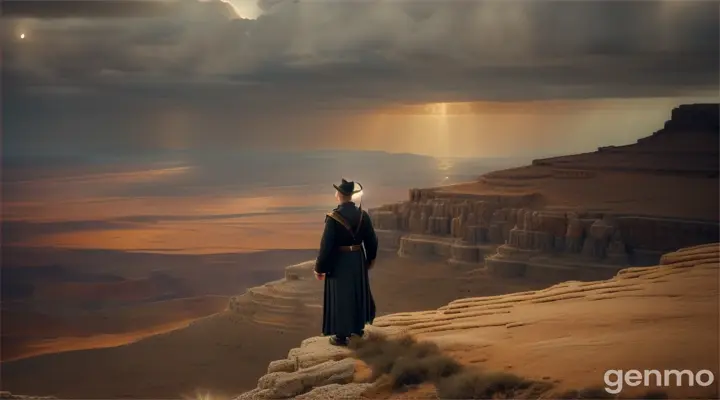SensitiveTailor32mo ago
Loading...

Prompt
A hyper-realistic 3D render of a sleek metallic blue convertible driving along a cobblestone street in Paris, with the Eiffel Tower glowing brilliantly in the background. The car is in motion, with the headlights on and subtle motion blur on the wheels, creating a dynamic sense of movement. Inside, two fluffy kittens are standing upright: the white kitten, with sparkling blue eyes, waves energetically with one paw while holding onto the dashboard for balance. The orange kitten, equally fluffy, waves confidently with one paw while glancing toward the viewer, radiating charm. Parisian streetlights illuminate the scene, enhancing its vibrant and magical atmosphere.
Seed2408296047
